February and March 2020 suddenly turned out to be a borderline in front of which the world had stopped to rethink the events and phenomenons taking place. We must understand what humanity has come to and where is it going. Are we evaluating society we’ve built and ourselves correctly?
Have you noticed a vague confrontation that grows in the world? Many people – especially those in power – still think the reason is oil prices, religious or national contradictions, antagonism of rich and poor, ownership of resources. However, it seems to me that the watershed runs along a different line.
The conflict ripens not where it used before. This conflict, I would say, is of bio-social nature, a conflict of generations.
And here the appearance of Greta Thunberg and coronavirus pandemic are the links of one chain. No, please don’t think that I’m going to accuse the Swedish teenager of spreading the viral infection. On the contrary. She warns us about responsibility for the world which is ruled according to the interests of the people who have lived long lives, have succeeded, who are able to get pleasures from life and aren’t eager to give way for the young.
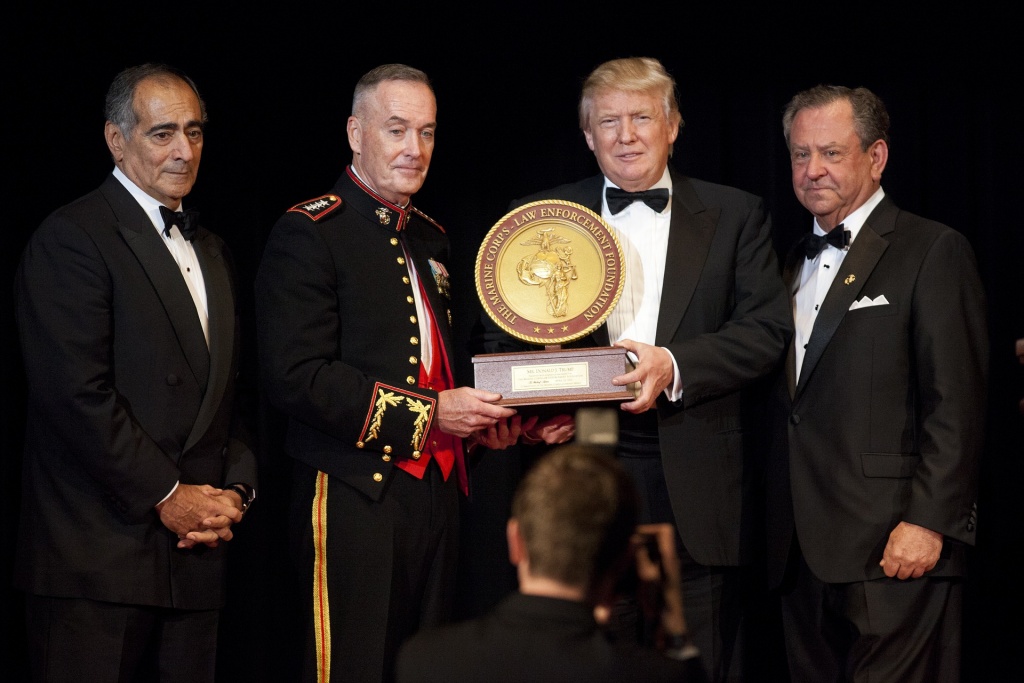
Maybe coronavirus is a sign which nature gives to the humankind. It could be not by chance that it bypasses kids and teenagers.
The future must be defined by those who are about to live in it. The future of art as well.
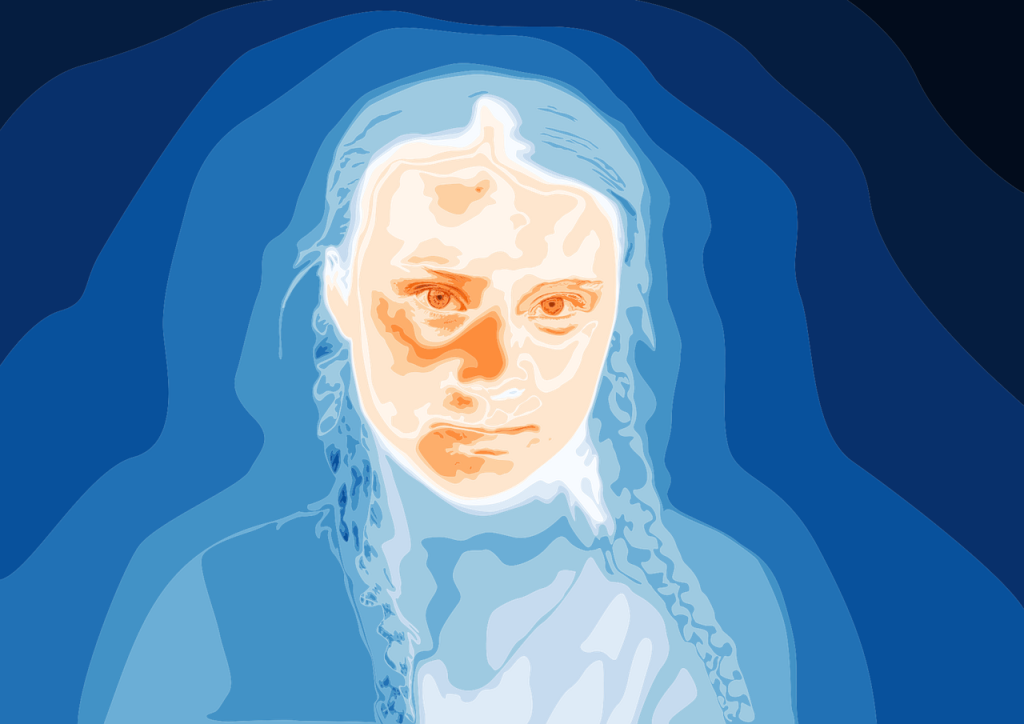
That’s why the first publication in 2020 is dedicated to the kind of art which the Museum hasn’t reviewed before.
But there’s no time for further delay, otherwise, we are risking to overlook an actual visual revolution which has taken place here and now.
I want to warn you right away. We are not going to talk about the film industry, art market structure, or art-related institutions.
This publication reviews the art language which has formed inside one of the branches of digital art and keeps on evolving.
One more time: it’s not the industry we are talking about, it’s the changes in the idea of the world and what part does the art play in it.
I’m talking about the vision which generations of the 2000s and 2010s have.
Aesthetic perception of those born in the 2000s dramatically differs from the perception of their parents and even elder siblings.
Visual world of these guys partially belongs to a parallel reality though once in a while intersects with the content of museums and art galleries.
From their ranks, do not expect collectors who are willing to pay millions for a canvas or installation at a time when animals die in Australia, Antarctica is about to melt, and the coronavirus is marching around the world.
But it is precisely this generation that will influence the visual picture of art in the most significant way in 5-10 years. 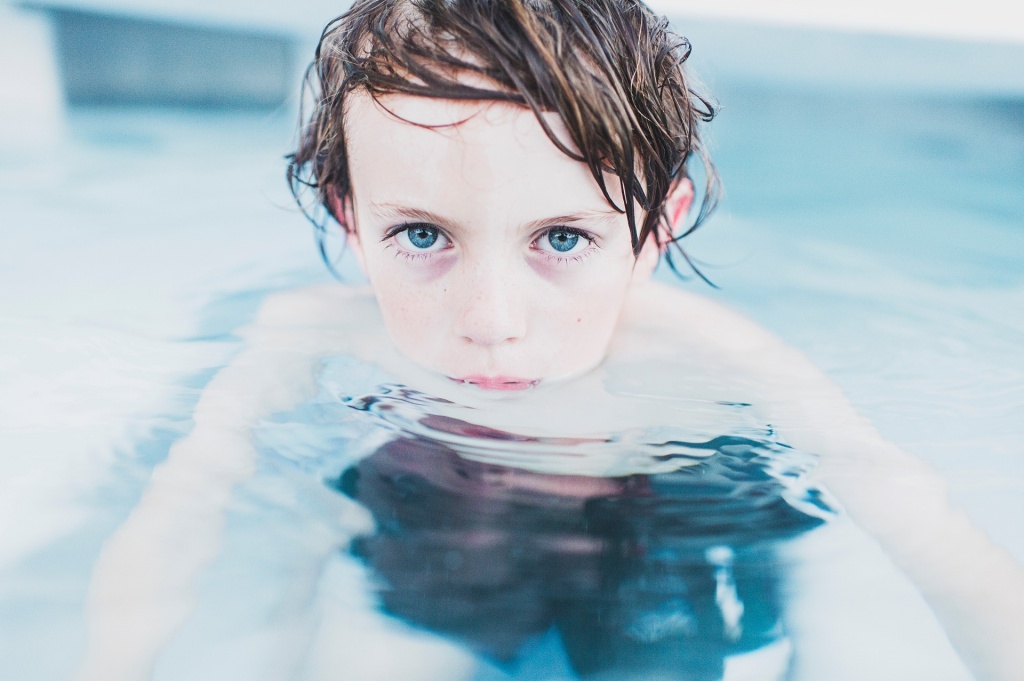 Our visual representation of the world is shaped by environmental influences. But the strongest impression on us is not a simple reality, but the reality created by the artist.
Our visual representation of the world is shaped by environmental influences. But the strongest impression on us is not a simple reality, but the reality created by the artist.
We often understand familiar things and phenomena only after we see them in a picture, in sculpture, in a film. This is due to the fact that the artist chooses the most significant for creating a bright and solid image.
This is how the nature of visual perception develops. The brain and eye are accustomed to certain styles and pictures. Visualization of a single style creates a habit of visual series, forms the canons of beauty and emotional significance.
That is, tomorrow the same guys whose visual perception was laid 10-15 years ago will become connoisseurs of works of art. In their opinion, they will begin to select the best designs and will support artists who meet their aesthetic needs. And that should be clearly understood.
In the middle of the 16th century, paintings by Peter Bruegel did not need a scientific decoder. Everything that was written was easily read by the audience. Another culture of perception. 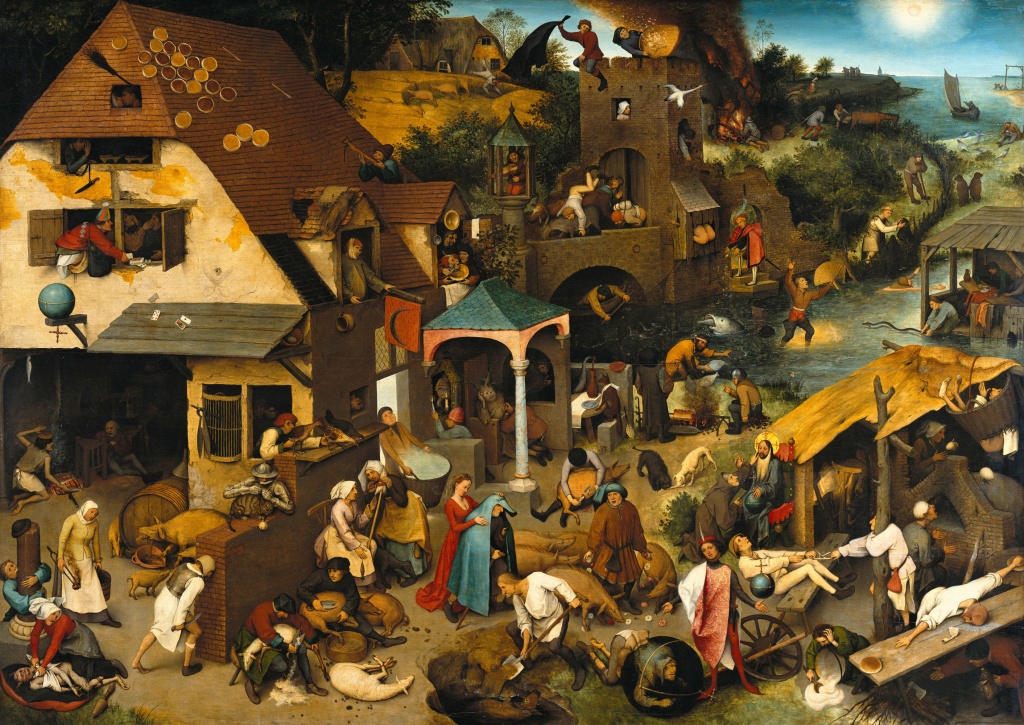 And what formed and forms the eye of the generation born in the 21st century?
And what formed and forms the eye of the generation born in the 21st century?
I received an unexpected answer to this question when I watched one of Arzamas’s lectures. The lecture was about the century of enlightenment, in particular, about libraries of the 18th century. When the time came to ask questions, one girl said that she was delighted with the castle library in Beauty and the Beast. 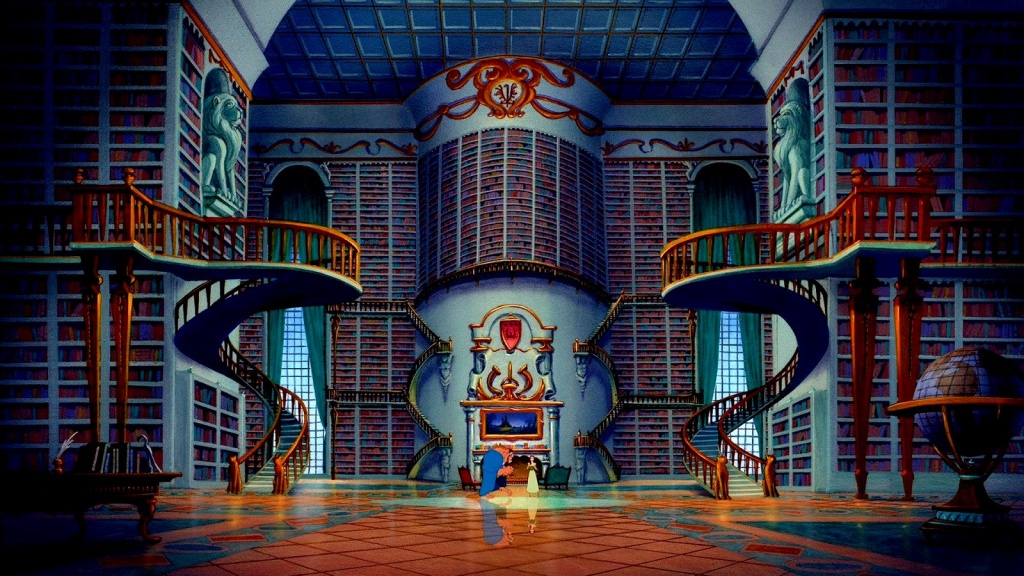 From the mouth of a 20-year-old man it was incredibly strange to hear an absolutely serious reference to an animated film as a document of the era. Ten years ago, that would be a paradox. But now neither the listeners nor the lecturer were surprised.
From the mouth of a 20-year-old man it was incredibly strange to hear an absolutely serious reference to an animated film as a document of the era. Ten years ago, that would be a paradox. But now neither the listeners nor the lecturer were surprised.
Animated films have an important influence on the formation of aesthetic standards in the visual range. And then Pixar enters the scene.
It was in his short and full-length films that the new generation grew and continues to grow. Galleries, museums and the Biennale still ignore visual images that are firmly incorporated into z-generation observation.
However, sometimes these “triangular little men” fall into the space of “great art”, but this is not a trend. Until recently, I myself was lenient with the Pixar style, until I realized that it was serious and for a long time. 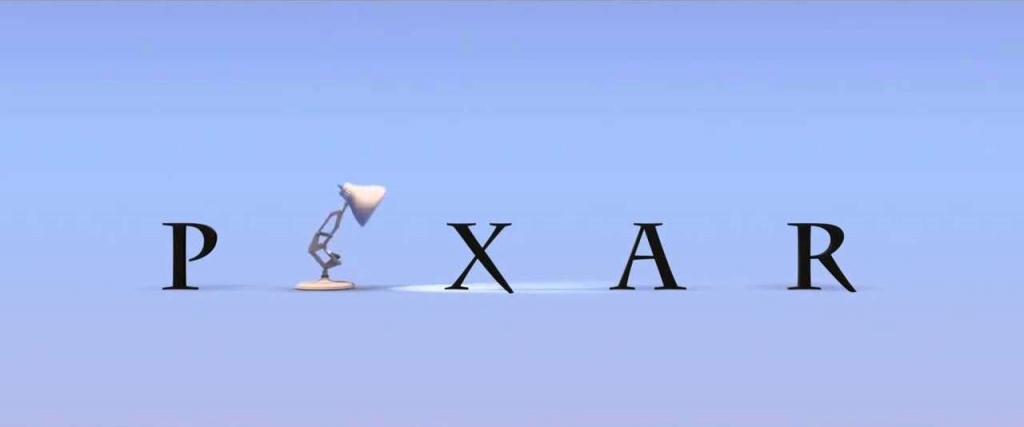 Why should this be taken seriously?
Why should this be taken seriously?
Now I want to say my favorite phrase: “Let’s trust the artists.” It should only be noted that the concept of “artist” itself has undergone significant changes today.
Pixar and many other companies that produce video content, ranging from advertising and ending with full-length films and games, do this with the participation of a large number of different specialists. Therefore, the “artist” is, of course, the author of the original idea, but not only. In the process of creation, everyone contributes. This is exactly the process that Wagner once dreamed about in his projects of a universal work of art. 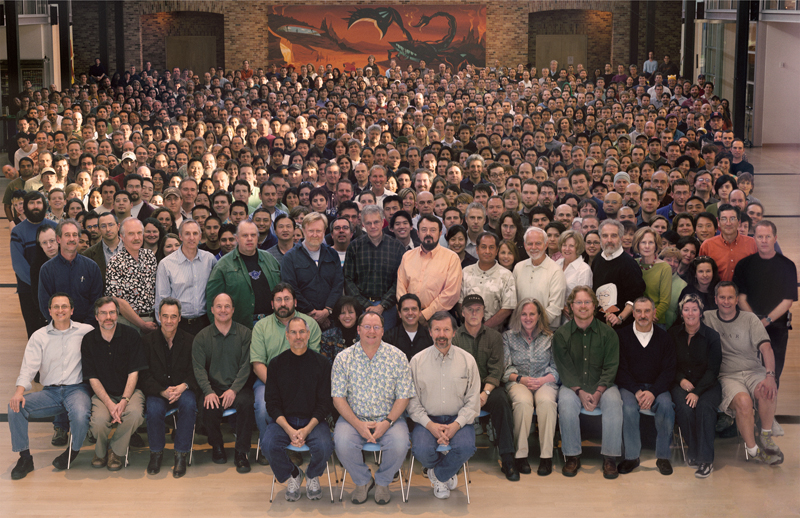
Do not think that all of the above applies only to modern video production. The image of the artist, who personally paints on canvas, came to us from the late 18th and early 19th centuries. Prior to this, artists, especially the creators of large formats – from paintings to large canvases – worked with numerous students. There were, of course, exceptions, but they only confirmed the rule. 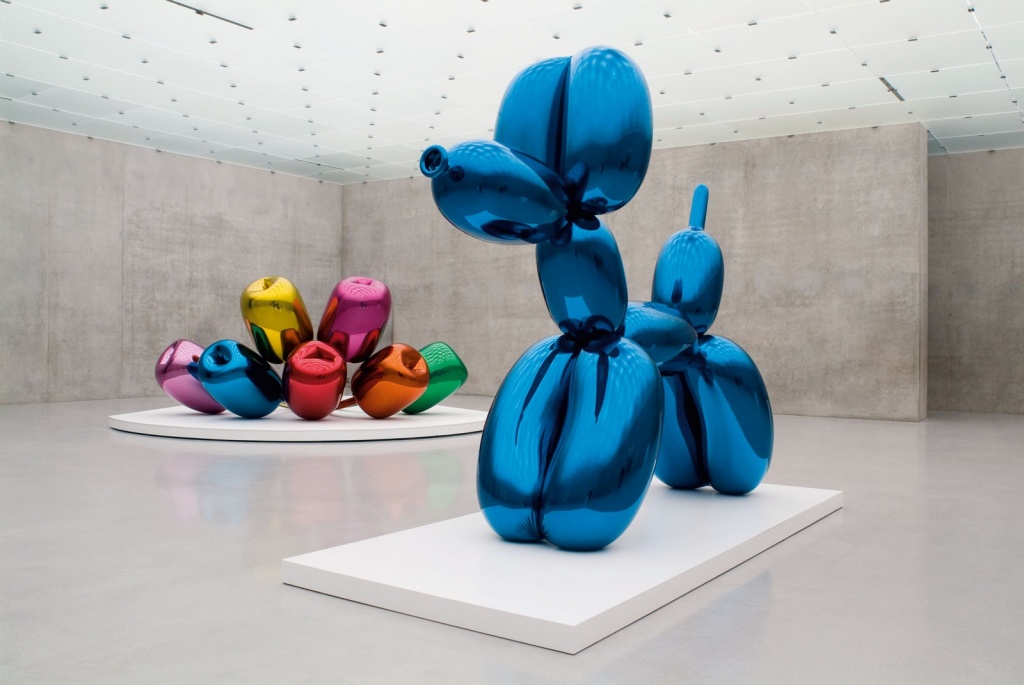 And today, for example, a whole army of artists, sculptors, installers, jewelers and other specialists works for Demian Hirst and Jeff Koons. Now that we have put an equal sign between the collective image of the artist and Pixar, I repeat once again: “Let’s trust the artist.” If society pays the labor of 1,200 people, then for some reason this is necessary.
And today, for example, a whole army of artists, sculptors, installers, jewelers and other specialists works for Demian Hirst and Jeff Koons. Now that we have put an equal sign between the collective image of the artist and Pixar, I repeat once again: “Let’s trust the artist.” If society pays the labor of 1,200 people, then for some reason this is necessary. 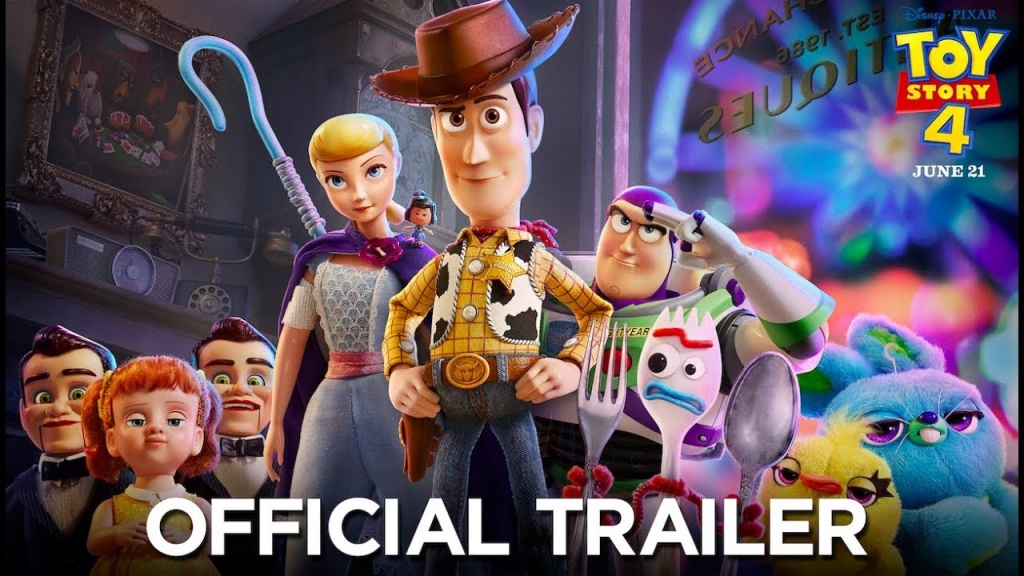 You can talk a lot about marketing moves, about manipulating the minds of consumers, but let’s try to manipulate actions so that young people aged 3 to 25 fall in love with portraiture or historical painting from the era of classicism. It is unlikely that you will succeed.
You can talk a lot about marketing moves, about manipulating the minds of consumers, but let’s try to manipulate actions so that young people aged 3 to 25 fall in love with portraiture or historical painting from the era of classicism. It is unlikely that you will succeed.
And Pixar films are breaking records of successful distribution, merchings are being bought with a bang. What makes Pixar so attractive to young viewers and so successful?
There are several reasons for this. They are enclosed in the Pixar painting itself, both in ideology and in the narrative. All three components were laid by the founder of the company, the great George Lucas.
And although his brainchild changed the owners, and the name and direction – loyalty to the basic principle remained. Pixar, like its founder, creates other worlds, but they are absolutely reliable, attention is paid to every little thing.
In Piksar’s painting, you will not see neglect of the details that even Disney films sinned before merging them with a bouncing table lamp. Every highlight, every object here works to create the materiality of the world on the screen.
It is clear that, for example, Beauty and the Beast has hand-drawn animation, and Toy Story uses procedural textures. But in order to apply them, it was necessary to understand the necessity of such a task.

Pixar’s motto is “Art challenges technology and inspires technology.” The goals that directors set themselves are always on the verge of both hardware and software. Each frame is a product of complex collective decisions and efforts.
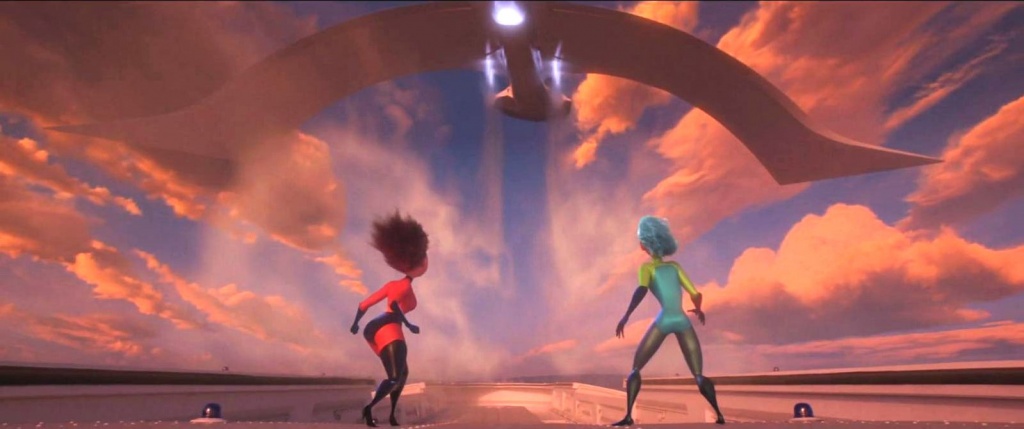
For example, when creating the movie “Incredible 2”, almost 40% of all company employees were engaged in the problem of reproducing reliable modeling of the movement of hair, tissues, plants and objects. To do this, they created their own tools and brought tools from other developers. Separately simulated the movement of vehicles and groups of people. In total, 2200 scenes with simulation, 400 scenes with groups of people, 300 scenes with plants were made, which allowed them to reproduce physically reliable complex combinations of the movements of the main characters, trains, motorcycles, cars on the road, flickering environments, grass, trees, small objects, such like bottles and cups with drinks, pillows, phone cords and the like.
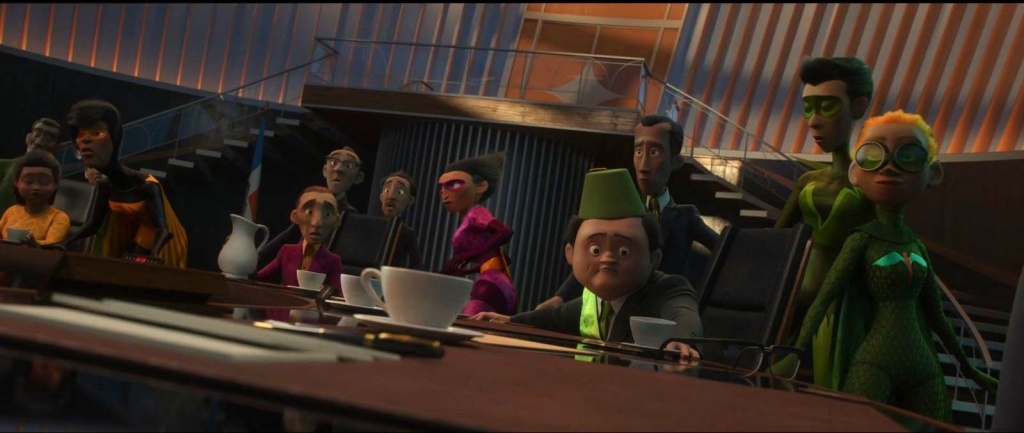
By definition, a museum assumes that art was not created with the intention of decorating or expressing the artist. That is, he can perform such functions. But they do not constitute its main content. The main goal of art is the knowledge and appropriation of the existing and the formation of a new reality. And in this sense, Pixar is a real art. Someone may find his artistic discoveries frivolous, but the creators of moving animated paintings can solve complex problems. They are exploring the possibilities of technology, with the help of which the most important parts of real life are selected to create its reliable modeling. They create an authentic parallel world, realizing the ancient dream of mankind about that space where a miracle is possible and immortality is guaranteed.
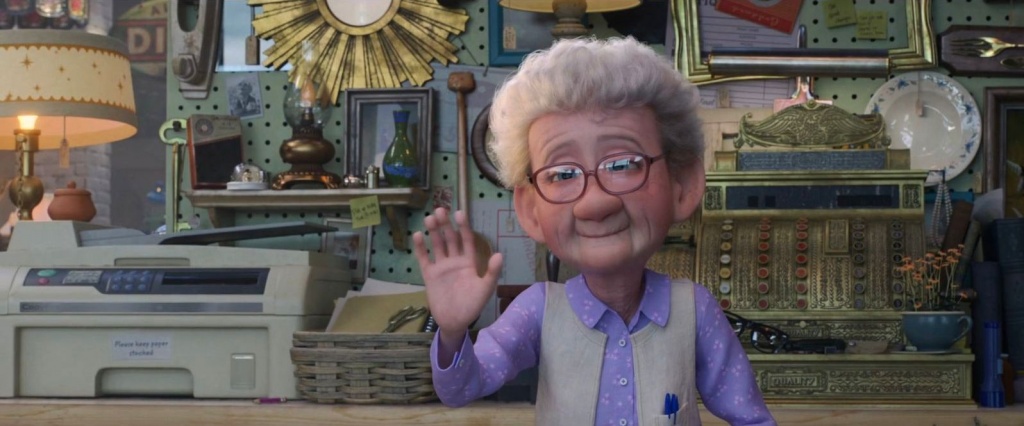
The goal of creating a world in which miracles are possible determined the extraordinary attractiveness of full-length animated films for the viewer. The brilliant founders of the studio, starting with George Lucas and ending with Pixar tapes inspiration by John Lassetter and Pete Docter, just felt a request that was still in the air in 1995. It was a request for a fairy tale.

But this story was completely different. In this tale, the beautiful princes did not marry the dazzlingly beautiful princesses, dazzling castles did not go everywhere, the characters were not perfect, and the villains were not absolute. Now let’s talk about the ideology of Pixar films.
The first full-length animated film to receive an Oscar in several categories was called Toy Story. In an era of rampant postmodernism, the company unexpectedly offered the viewer a simple, sentimental, slightly funny, but extremely sincere story about very simple things – friendship, love, mutual assistance and the inevitable dependence on each other that arises between people. 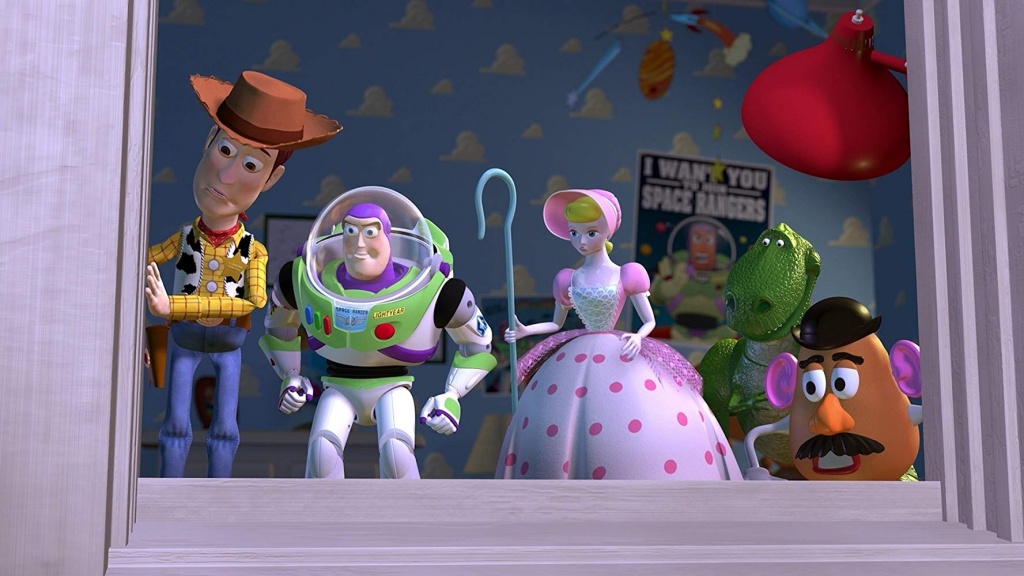
With discouraging frankness, the film voiced what postmodernism was afraid to admit – banal human feelings. So that these feelings are not overgrown with the complexities of adult conventions, the authors of the film set them out in a completely pure form – as a clearly readable experience of toys and children.
And this was one of the first statements of the coming time of metamodernism. I don’t really like labels that stick to time, so using this term is just a marker for moving to a new language.
What does the Pixar language mean? This is a minimum of quotes, a minimum of clues, but exact emotional shades, the complete openness of what happens in us in moments of peace, anxiety, stress, grief and happiness.
The authenticity of stories and feelings is all the more true that they are experienced not by beautiful princesses and charmed princes, but by people, objects and animals who live in ordinary life next to us, in the house of our childhood.
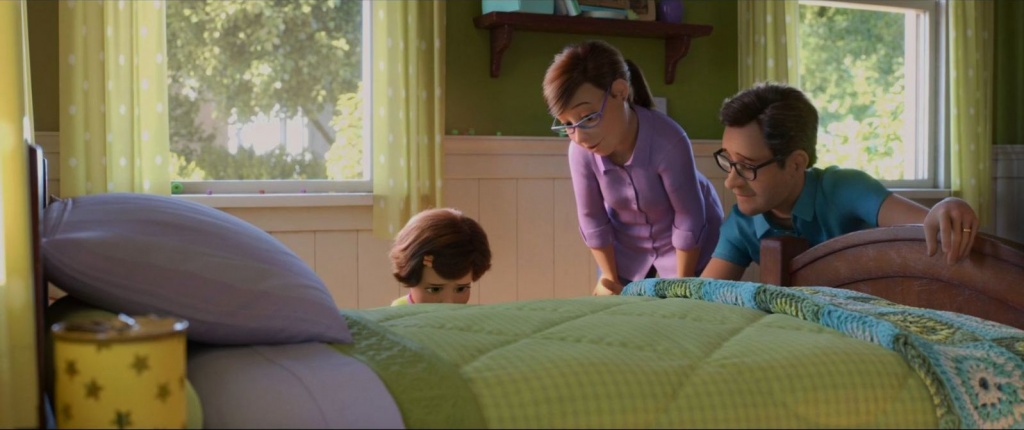
That’s why Pixar pays so much attention to detail. The exact reproduction of streaks of light on a pillow, old plastic toys, drawings on a blanket, glare on the glass of buildings, a plastic glass with juice creates the effect of the joy of recognizing ordinary things.
So, with familiar little things and familiar emotions, such as bread crumbs scattered along the way, we ourselves do not notice how we enter a world more real than reality. 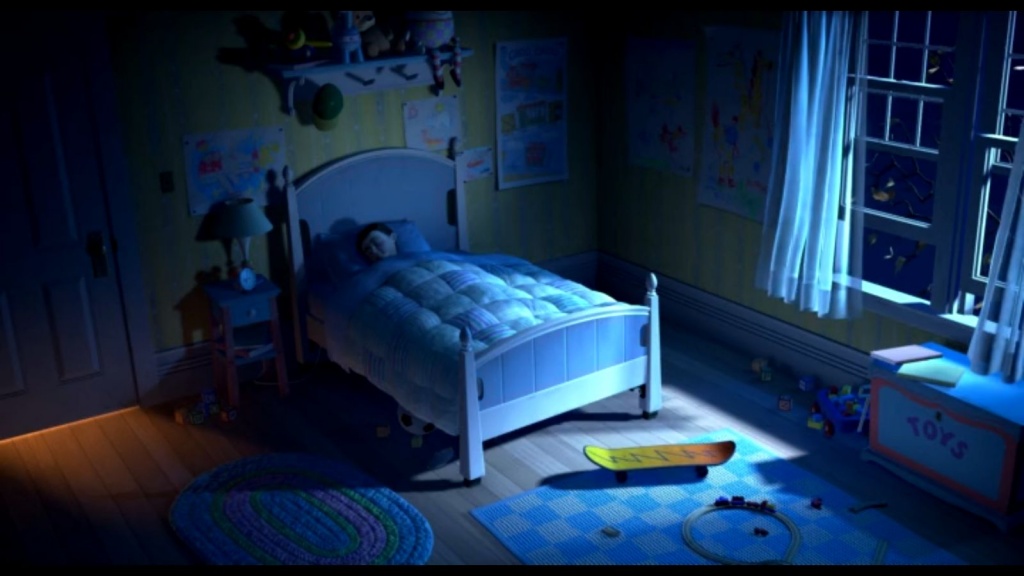
Now a little about Pixar graphics, its unmistakably recognizable style. It is difficult for those who grew up on a high classic of contemporary art with abstraction, generalizations, conceptual metaphors, endless accompanying texts to imagine that someone wants to hang a poster with the image of “Braveheart” in the living room. But, you will see, it will certainly be.
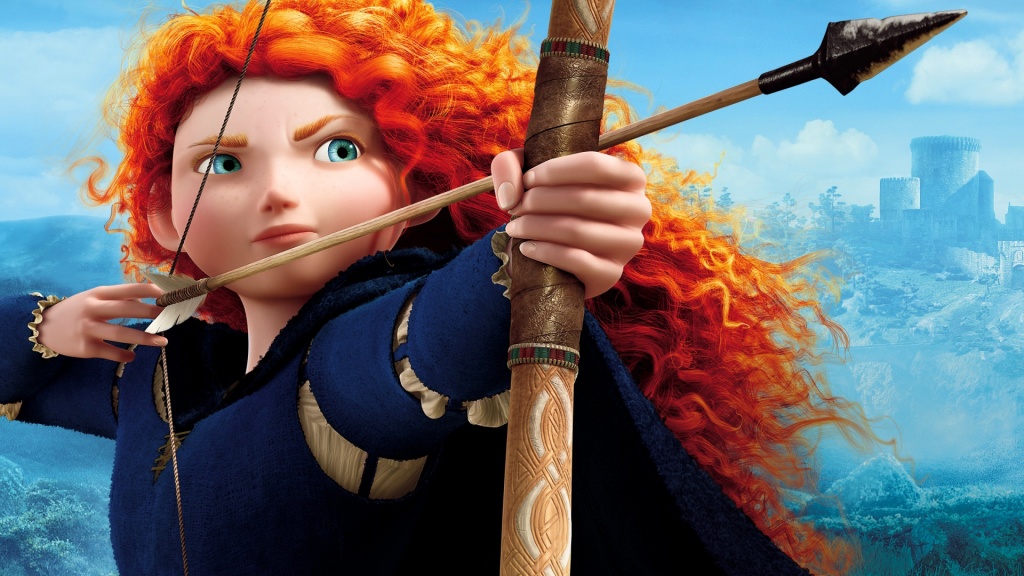
In fact, it already is. In May 2012, at the auction of the Christie’s auction house for 842.5 thousand dollars was sold a picture of contemporary Latin American artist Fernando Bottero “Arnolfini (based on Van Eyck).” The fact is that in the Pixar graphics solution there is a harmonious logic that was in the past. The main characteristic feature of graphics is its romantic component.
The fact is that in the Pixar graphics solution there is a harmonious logic that was in the past. The main characteristic feature of graphics is its romantic component.
Romance comes in several forms. There is romanticism, mystical, full of paintings with foggy mountain landscapes, dungeons, dragons and witches. Blood, fire, sacrifice.
There is imperial romanticism in which the image of a ruler is poeticized, which comes to power as a result of duty and restraint.
There is friendship and a world where family relationships, friendships of children and sincere love are idealized. It was this romanticism that formed the basis of Pixar films.
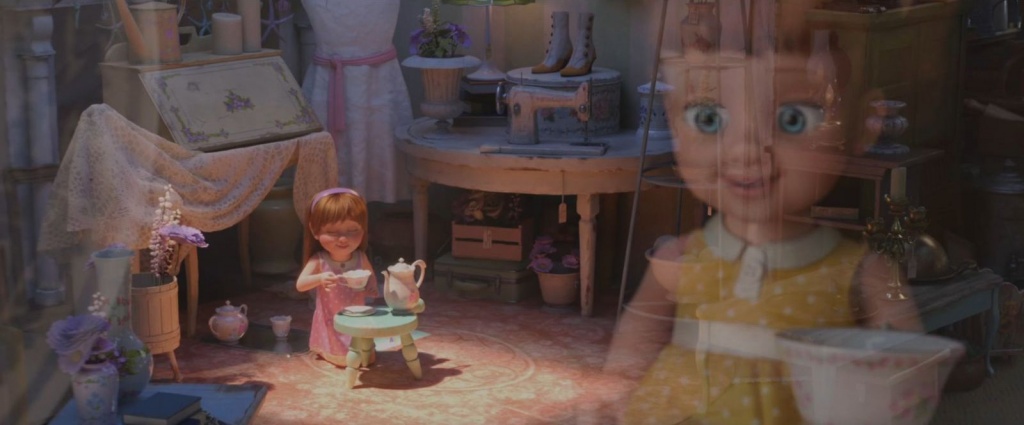
Hence the festive and caramel palette, and cozy detailing, and cute characters, a little funny and not at all perfect. But the audience in the hall is also far from ideal.
After the “Toy Story”, “Monster Corporation” or “Ratatouille” you will not rush to a nutritionist or to the gym to lose extra pounds, you will not taunt an awkward guy from a neighboring yard, do not throw away the old doll.
But maybe you will understand that they should forgive their girlfriend, call mom and eat something delicious for dinner. Perhaps the value of time spent with family and friends will suddenly become higher for you than a new position or the envious glances of your neighbors. 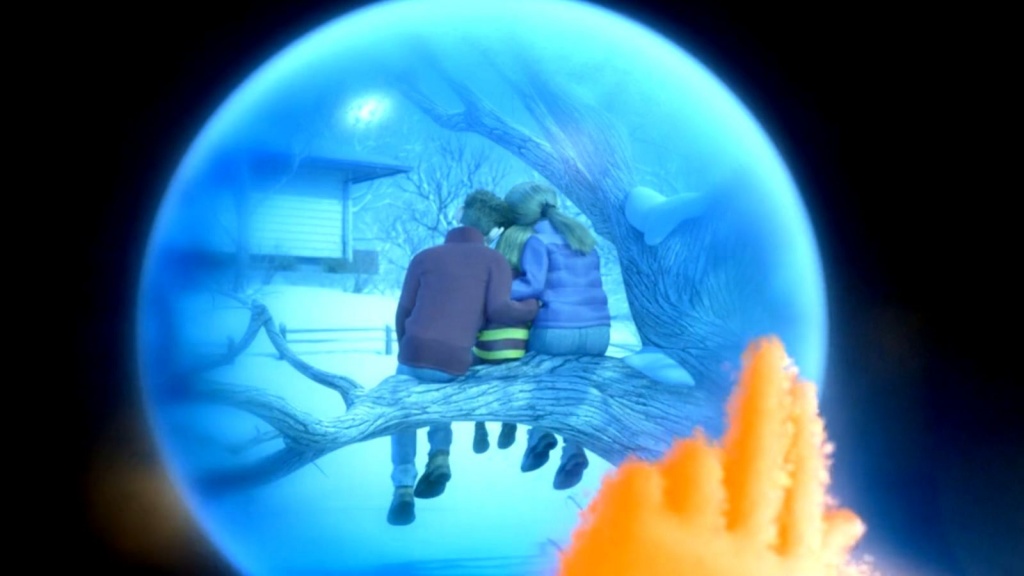
In general, they offer you a comforting story, merciful to human imperfection and reconciling us with the futility of striving for success.
Of course, not only the aesthetics of Pixar affect the visual art of the future, but this is a completely different story.
The Postscript: Museum will return to Pixar anyway. We are planning a series of publications dedicated to each film individually.
